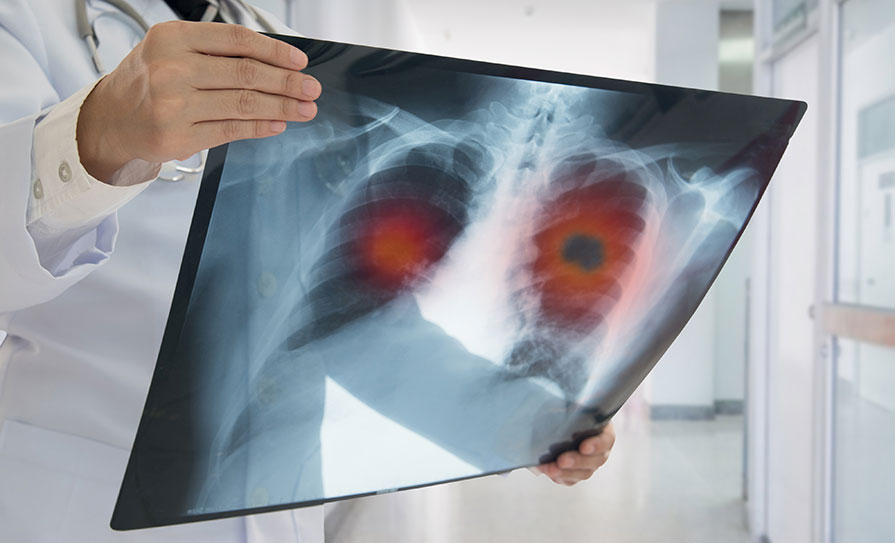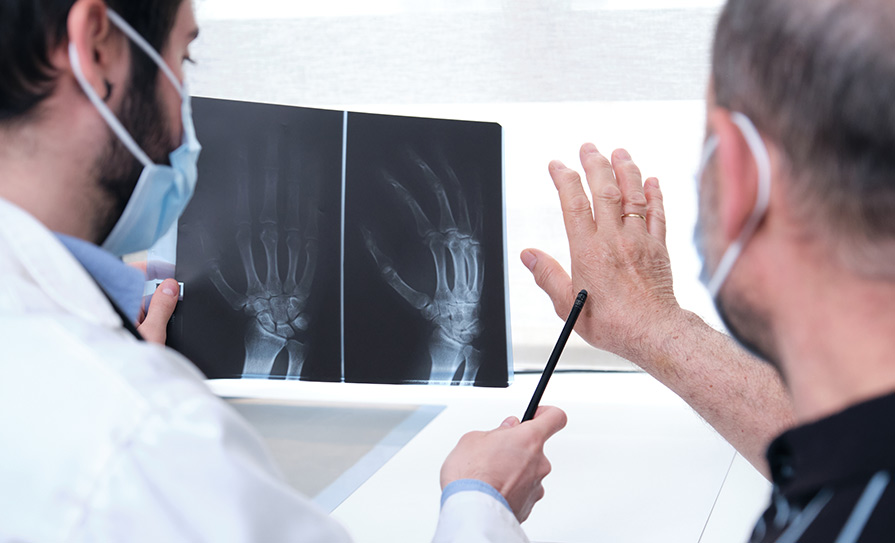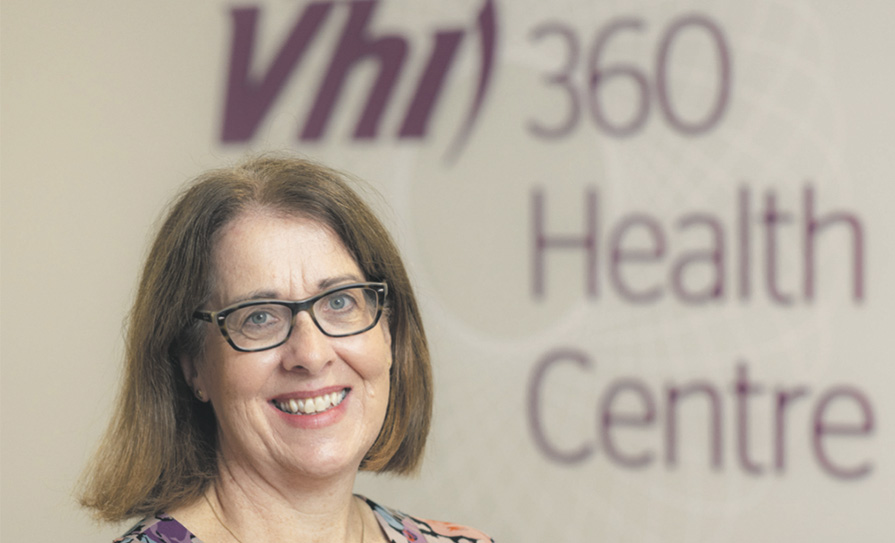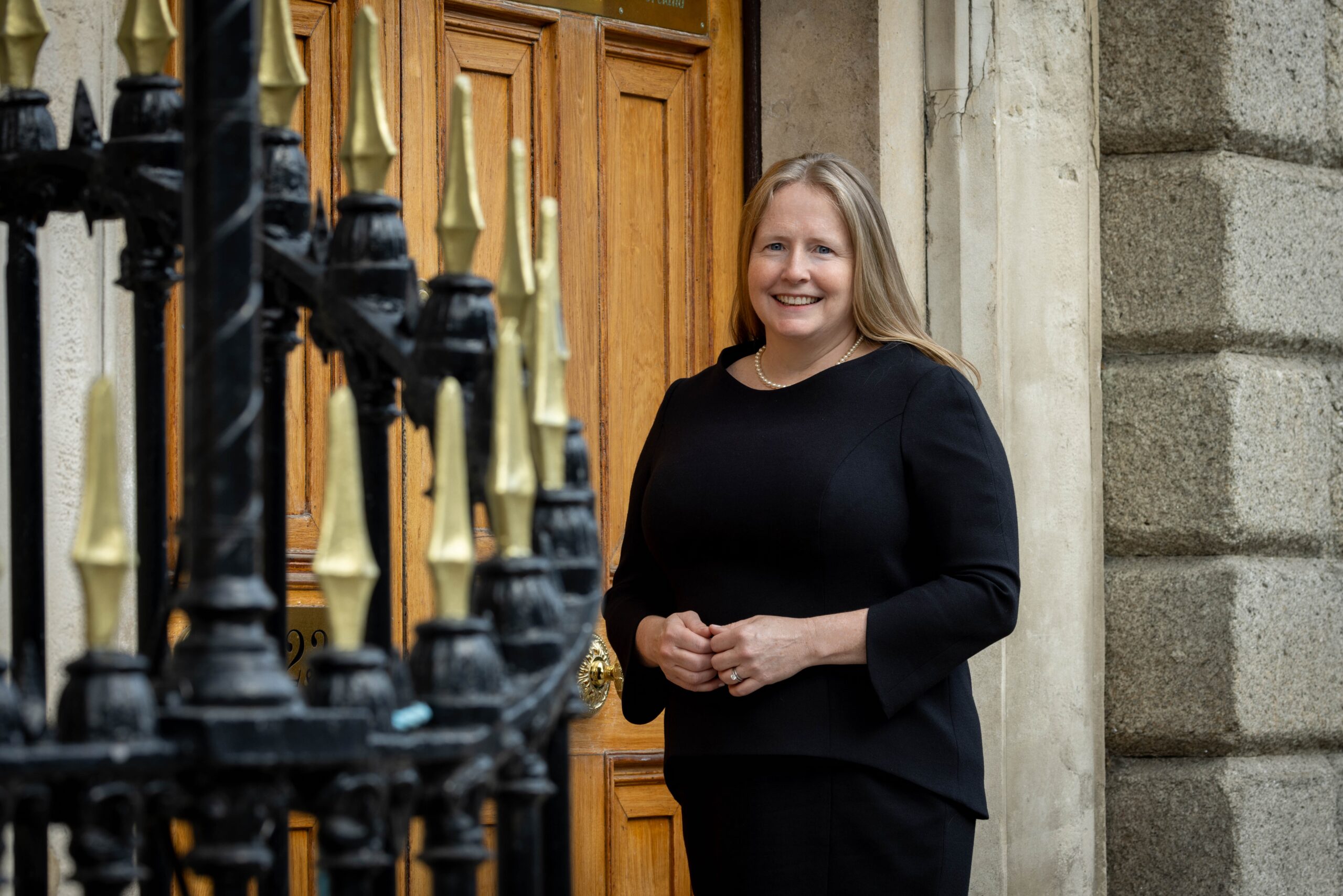Clinical Director of Diabetic RetinaScreen Prof David Keegan speaks to Niamh Cahill about the impact of Covid-19 on the service and reveals improvements made by the programme since its inception in 2013
It has been a tumultuous 12 months for healthcare services and staff. Despite the challenges posed by the pandemic, progress is being achieved at the National Diabetic Retinal Screening Programme. The service paused in mid-March last year and reopened on a reduced capacity basis on 1 July. Since then it has remained open throughout the second and third virus waves.
In 2019 Diabetic RetinaScreen (DRS) screened 108,000 individuals. This fell significantly last year, although annual figures for the year are as yet unvalidated. Between screening and treatment locations, of which there are eight nationally, programme uptake is at 73 per cent, “which is encouraging,” Clinical Director of Diabetic RetinaScreen Prof David Keegan told the Medical Independent.

Prof David Keegan
Prof Keegan, who has been Clinical Director since 2014, is Consultant Ophthalmic Surgeon at the Mater Misericordiae University Hospital, Dublin, and Mater Private; and Clinical Professor of Ophthalmology and Retina at University College Dublin (UCD). Since established, the programme has seen a 5 per cent year on year increase in eligible people on the register between 2013 and 2018.
The numbers and percentage screened have consistently increased also, according to Prof Keegan. Regular eye screening is important for people who have diabetes, as they are at risk of developing diabetic retinopathy, a leading cause of blindness in developed countries.
Pathway change
Last month, the programme introduced a new two-yearly screening pathway for eligible patients. The change in cycle from one year to two years has been in the offing for some time, but Prof Keegan felt the programme needed to mature before the measure could be implemented in full. The change means that patients who have had undetected retinopathy on two consecutive screens can move to a two-yearly screening interval, in line with screening pathways in other countries.
“Their risk of progression in that two yearly time point is between 0.1 and 0.2 per cent,” said Prof Keegan.
As sugar control, blood pressure, pregnancy and other co-morbidities remain risk factors for progression during this time, symptoms should not be ignored and earlier screening can be arranged.
“We do hope to bring in screening in pregnancy as part of the national programme, but that’s a couple of years away. It will not happen before 2023. We are doing some analysis at the moment on a pregnant cohort that will lead to a pilot study next year and then it will be subject to approval from the national screening advisory committee,” he added.
The programme now manages three screening intervals: Yearly screening for the bulk of patients, two-yearly screening for low-risk patients, and six-monthly community surveillance for a small number of low-risk patients previously cared for in treatment centres. The latter, introduced last year, allowed low-risk patients to move out of treatment centres and into the community, reducing the burden on screening locations, said Prof Keegan. There are 130 screening locations nationally.
Managing so many screening intervals is “logistically challenging”, he said.
“So we want to bed those in before we bring in any other significant initiatives”.
f the patient and the GP are worried, we’re worried. So this is a group we know are at risk of progressing and we don’t have the capacity in the hospitals to get them in
Covid-19 impact
While screening remains ongoing on a limited basis and efforts continue to introduce programme improvements, Covid-19 remains a significant obstacle to effective care. According to Prof Keegan, “urgent and time-sensitive care where it can be delivered safely” is being prioritised for patients.
Some 97 per cent of patients screened will not be referred for care. For the urgent 1 per cent of the 3 per cent referred, laser or surgery has continued at treatment centres during the pandemic. For patients in the less urgent, but time-sensitive category, all treatment centres have continued patient services.
“However, there is a large group of patients that are under active management in hospital. They are not having treatment, but they are being followed up. These are the patients that are either choosing not to come themselves or the hospitals cannot give them an appointment because they are so pressed in their outpatient services and they have reduced capacity.
“This is the group we worry about it. If the patient and the GP are worried, we’re worried. So this is a group we know are at risk of progressing and we don’t have the capacity in the hospitals to get them in.
“The best thing for these patients is we get our hospital capacity back to normal as soon as possible and catch up. We hope the units will run extra clinics.
“The longer this goes on the more people fall into that category. It’s the same across all services.”
Overall, he believes it will take the health service up to four years to “catch-up” because of the pandemic. The diabetic retinopathy service could catch up in a year or 18 months, but he stressed this could change.
Limitations
Screening programmes remain in the media spotlight here due to ongoing legal actions taken by patients against services. While Diabetic RetinaScreen has not been significantly affected by litigation, Prof Keegan emphasised the pressing need to be clearer with the public on screening limitations.
“In our rush to advocate the benefits of screening, because you have to convince people to come and to get GPs to register their patients, you have to extol the benefits of it. But I think we may have not highlighted the limitations with screening tests.
“We don’t pick up everybody and there are some we over call,” he said, adding that there will always be false positives and false negatives.
“But if we alter our sensitivity we may end up with too many false negatives. So we are set up to slightly over call it. It’s a balancing act. That’s the same for every single screening programme.
“There is no magic test that is 100 per cent sensitive and 100 per cent specific and that even goes for our clinical examinations, which are our gold standard. What we can say is that our diabetic patients are better served by being on the screening programme than by not being on the screening programme.”
As a public health measure screening works and the risk of having multiple false negatives, he said, is “very, very low, miniscule”.
“But if you get symptoms attend your GP or your eye doctor,” he cautioned.
Progress
Screening uptake at Diabetic RetinaScreen has improved dramatically since 2013 and continues to increase. Retinopathy referrals via the programme have reduced from 13 per cent to 4.2 per cent in 2018. It has since fallen to about 2.5 per cent, said Prof Keegan.
“The programme has been effective in identifying those most at risk of sight loss and diabetic retinopathy and referring them for treatment to dedicated services.
“The screening programme has detected most of the prevalent retinopathy in the country and those patients have been referred into our treatment centres.”
Rates of blindness have reduced since screening was introduced. There are about 15,000 patients in treatment centres currently. Analysis has been undertaken of non-attendance rates, and more research is planned. Non-attendance rates are a concern among patients with type 2 diabetes who are under 70 years of age and from areas of lower socioeconomic deprivation.
“We have a follow-up study to dig into reasons why people with these demographics are less likely to attend.”
Some 52 per cent of those who missed screening appointments were among those who had missed three or more appointments and are known as “repeat non-attenders”, said Prof Keegan. Repeat non-attenders have a 17 times increased risk of developing advanced retinopathy, research shows.
Before the programme was introduced here, as a clinician Prof Keegan was concerned at the advanced level of diabetic retinopathy and detachment, particularly from certain pockets of the country. He said he felt, at the time, that there was an attitude of acceptance among patients that vision loss was just a part of diabetes.
Since then, the improvement in diabetic care has been immeasurable, particularly in the community, he said.
“I think the chronic disease programme and the diabetes cycle of care have been very positive developments. A retinopathy screening programme on its own is meaningless because the treatment of diabetic retinopathy is the treatment of diabetes; good diabetic care reduces the rates of diabetic retinopathy.”
Poor diabetic controls lead to more advanced and more rapidly progressive diabetic retinopathy. Diabetic retinopathy, and associated vision loss, is one of the key complications of diabetes and one of the factors that reduces a patient’s quality-of-life and life expectancy.













Leave a Reply
You must be logged in to post a comment.